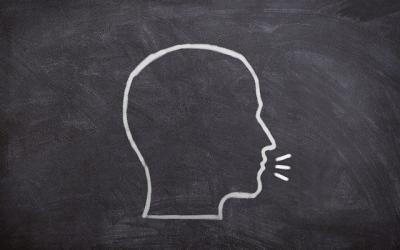DISCALCULIA; INCIDENCIA EN EL APRENDIZAJE
DISCALCULIA; INCIDENCIA EN EL APRENDIZAJE
Fecha recibido: 28/10/2020 | Fecha publicado: 18/02/2021 | Fecha corregido: 09/02/2021 |Autores
Fresia, Moreira- Barre Eulalia, Sánchez-Quimis Carmen, Cuadrado-Vallejo Marjorie, Vacacela-Zorrilla
Resumen
Por lo general, desde el inicio este tipo de trastorno pedagógico acarrean dificultades que poseen los educandos en el desarrollo del aprendizaje de una de las asignaturas como son las matemáticas, por ende, según estudios del grupo de expertos de (Understood) menciona que la discalculia es una realidad que vive entre el 5% y 10% de la población, esta NEE no asociada a la discapacidad por lo que se puede subsistir hasta la edad adulta con este tipo de trastorno, puesto que este es un impedimento en la vida cotidiana, debido a esto es el prolongamiento en el aprendizaje y la retención sensorial, en efecto, los niños señalan con palabras a los números como, uno, dos, tres, cuatro o cinco, debido a que, de esta manera pueden aprenden a contar en altavoz, así mismo manejan cifras y cantidades de manera simple, sistematizando de manera particular la representación de diferentes formatos arábicos de forma verbal, se determina que un porcentaje de los seres humanos que han concebido este tipo de trastorno, pueden desarrollar complicaciones dentro del aprendizaje de esta asignatura, en la cual tiene correlación en el estudio de los números y signos matemáticos, teniendo en cuenta que esta es una necesidad educativa no asociada a la discapacidad que acarrean y se la diagnostica en la etapa de la adolescencia, por lo cual se determina la atrofiedad en las destrezas para resolver diversas operaciones, siendo esta en la comprensión de conceptos e instrucciones que impliquen sistemáticamente los números.
Palabras claves: Discalculia, Trastorno pedagógico, Complicaciones de aprendizaje matemáticos.
DYSCALCULIA; IMPACT ON LEARNING.
Abstract
Usually, from the beginning this type of pedagogical disorder leads to difficulties that educated have in the development of learning one of the subjects such as mathematics, therefore, according to studies by the expert group of (Understood) mentions that dyscalculia is a reality that lives between 5% and 10% of the population, this NEE not associated with disability so that it can survive until adulthood with this type of disorder, since this is an impediment in daily life, because of this is the prolongation in learning and sensory retention, indeed, children point words at numbers such as, one, two, three, four or five, because, in this way they can learn to count on speaker, they also handle figures and quantities in a simple way, systematizing in a particular way the representation of different aerobic formats verbally, it is determined that a percentage of humans who have conceived this type of disorder, can develop complications within the learning of this subject, in which it has correlation in the study of numbers and mathematical signs, considering that this is an educational need not associated with the disability that they carry and is diagnosed in the stage of adolescence, so atrophy in the skills to solve various operations is determined, this being in the understanding of concepts and instructions that systematically involve numbers.
Keywords: Dyscalculia, Pedagogical Disorder, Mathematical Learning Complications.


